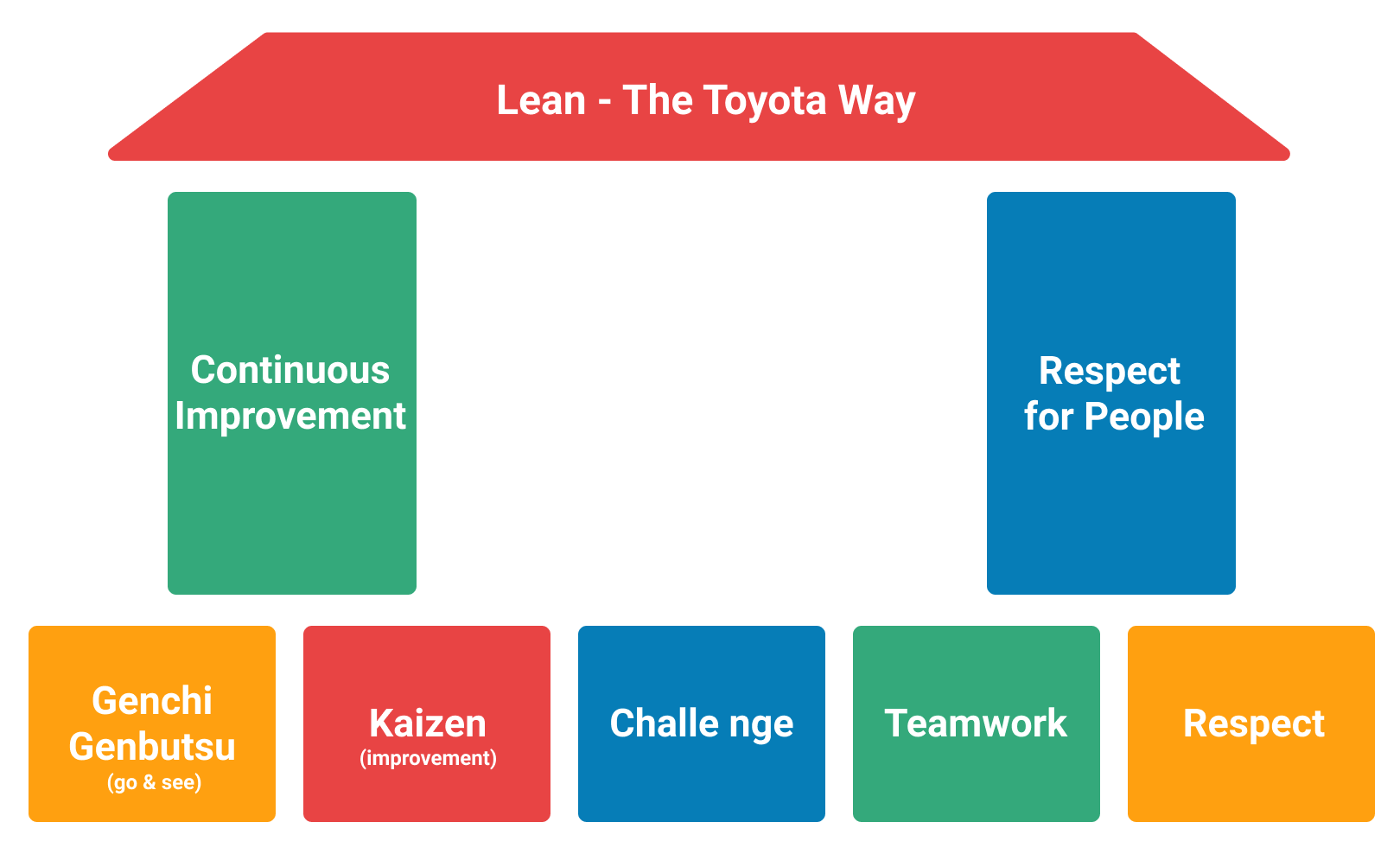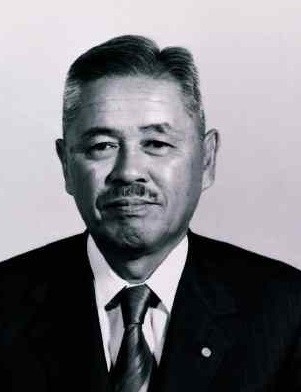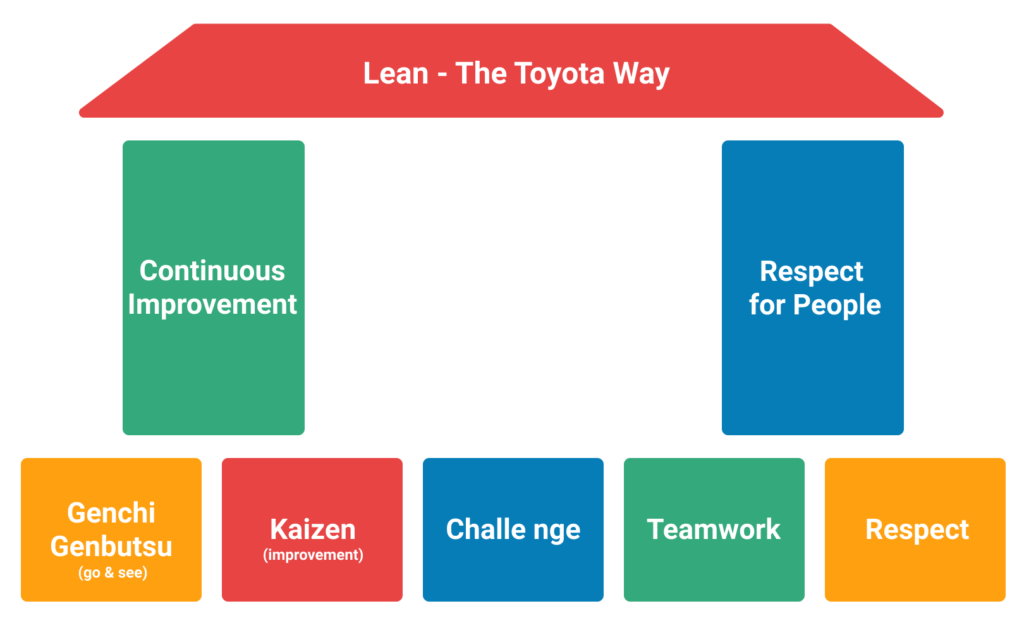Madison Residents - Learn Lean Six Sigma’s History Here
Contact Us

Lean Six Sigma is a proven method of manufacturing that has been in use for many decades. It can be applied to other industries or used as needed depending on how experts handle it. It’s well-structured to help organizations see tangible results and improve performance. Our team at Lean Six Sigma Curriculum for Madison High School Students of Wisconsin has all the details of this methodology, so before you start training or implementing it, it’s important to understand Sigma, and to do so, we need to go over its history and how it ended up being a method everyone needs.
You can decide if this is the right path for your career by doing some research on the history of the method. Still, since there is a lot of information on the Internet, we want to make sure potential practitioners or those interested in it have access to the actual details.
First, this methodology was designed to help companies prioritize customers and improve their earnings by reducing waste and focusing on identifying and solving problems.
The methodology can reduce costs and eliminate waste if done correctly, and when doing so, it is important to keep quality and performance in mind throughout the process.
This approach meets all the goals mentioned above and improves customer satisfaction. It also reduces lead time and allows for more opportunities.
To do this, LSS was born from two methodologies:
- Lean is about increasing flow and creating value.
- Six Sigma is dedicated to ensuring that processes run smoothly and are stable and focuses on identifying problems and finding solutions.
When they were combined into LSS, the latter was used to address the problem that Japanese companies were on top and beating American companies back in the 80s with their quality products and outstanding services.
All this was possible due to the Japanese methodologies that companies were implementing, and among them, Kaizen allowed the opportunity to boost production, manufacturing, and performance to the point of being the turning point for most businesses and even part of the methodology influencing LSS.
Six Sigma Principles & Origins: What You Need to Know
Before you decide to implement Lean Six Sigma or get trained in it, it is important to understand the founding principles and logic.
Six Sigma and Lean are both well-known and have existed for many decades. We need to begin with information about these individuals in order to build the core principles that makeup LSS.
Lean was actually invented before Six Sigma. Toyota developed Lean manufacturing in the late 1940s to reduce non-value-adding activities.

Lean believes that employees should actively participate in organizational change to foster excellence. The idea also believes that continuous learning is the best way to ensure that everyone is happy.
The whole concept of Lean partially comes from Toyota Production Systems (TPS), which was established by Japanese Taiichi Ohno. Lean was created with Henry Ford’s innovations but also Business Process Redesign.
These are the principles that underlie how it works:
- Lean begins with determining the customer’s added value.
- It is possible to map the value stream and how the processes work, as well as all the waste that has been accumulated.
- This will allow you to reduce and identify your waste stream.
- Next, Lean is the process of setting up the system in a way that customers can request it, and it delivers it to them when they are ready while eliminating all waste.
- Employees will be able to identify areas where they can improve and will work together to fix them. This allows for process-wide thought.
Six Sigma, the next methodology to develop LSS, is more data-driven than Lean.
Motorola developed the method, and General Electric has successfully used it compared to Lean; it was, in fact, developed just a few years before LSS.
Six Sigma’s structure is centered around the DMAIC system: Define, Measure, Analyze, Improve, Control. This is not only useful in manufacturing, but it also helps to automate other industries as practitioners learn how to set the structure so processes would continuously improve based on the person or business needs.

How It All Began in the USA
LSS was designed to allow American companies to compete with Japanese manufacturers, as mentioned earlier.
This addition provided valuable insights and improved efficiency for the industry. This enabled growth without compromising customer services.
Lean Six Sigma doesn’t have to be limited to manufacturing, and it shows that healthcare, education, and other industries can reap the benefits of its implementation when practitioners help automate systems and processes.
Schools and educational institutions can create systems that are more efficient and simpler to use. LSS can be taught to students, which can improve their job prospects and career opportunities as well, just like with business professionals.
There are many benefits of being involved in Lean Six Sigma, which can increase your professional as well as personal opportunities. Contact Lean Six Sigma Curriculum Pros of Madison if you’re interested in learning more or getting involved.

